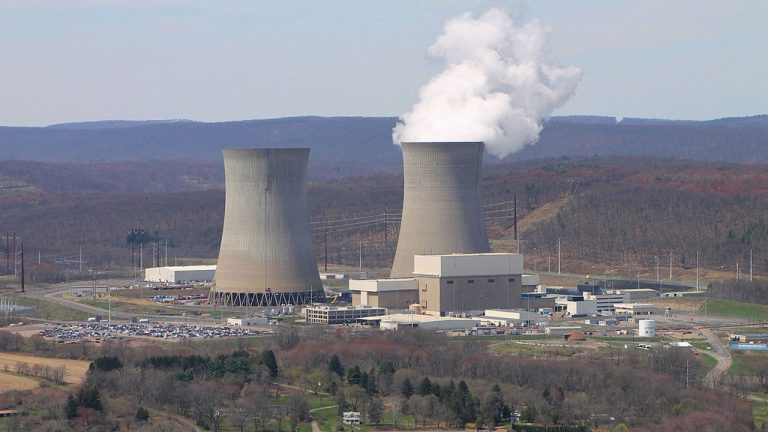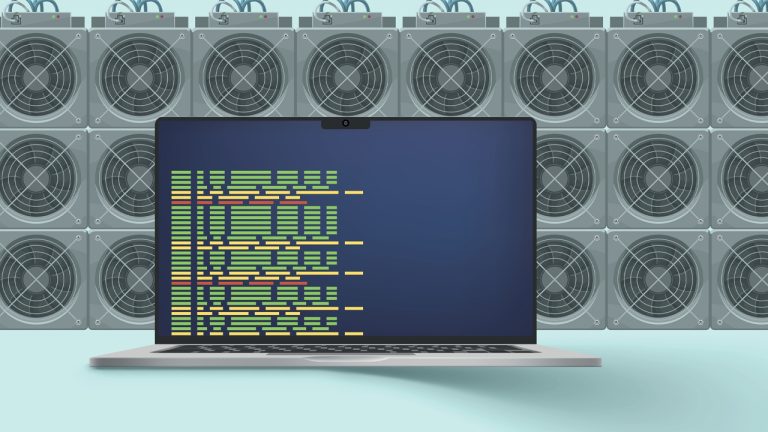
Lawmakers in a Texas Senate committee moved forward on Senate Bill 1751 on April 4, paving the way for a floor vote for the legislation some have labeled as against crypto miners.
Three crypto advocacy groups have launched a campaign in response to proposed legislation that would remove many incentives for miners operating in Texas.
In an April 10 announcement, the Texas Blockchain Council, Chamber of Digital Commerce, and Satoshi Action Fund called on Texas residents to reach out to lawmakers in opposition to the state’s Senate Bill 1751. The legislation, if passed, would amend sections of Texas’ utilities and tax code to add restrictions for crypto mining facilities.
The campaign, named “Don’t Mess With Texas Innovation” — a play on the state’s anti-littering slogan, which has been used by many lawmakers to describe government overreach — claimed many aspects of the mining bill were antithetical to free market principles. Currently, some crypto mining firms are allowed to participate in a program organized by the Electric Reliability Council of Texas (ERCOT), which compensates them for adjusting their load on the state’s power grid during periods of high demand.
“We need to send a strong message to policymakers that the people do not want protectionist policies that push innovation out of the market,” said Chamber of Digital Commerce founder and CEO Perianne Boring. “At a time when folks here are concerned with the economy, jobs, and a reliable energy grid headed into summer, this bill is the wrong proposal at the wrong time.”
Operations concerning Texas’ power grid have been under increased scrutiny from federal and state lawmakers and regulators since a massive winter storm in February 2021 left millions of residents without power — as well as running water — for days. Such conditions have also contributed to damage to certain miners due to burst water pipes.
I guess Texas just doesn't get #bitcoin mining... pic.twitter.com/ZtxP0wN0bL
— Justin (@jorkney5) April 9, 2023
Many experts said that it was unlikely crypto firms contributed to the energy crisis in Texas in 2021 due to them temporarily shutting down or scaling back operations as part of the ERCOT program. Some lawmakers, including Massachusetts Senator Elizabeth Warren, have probed ERCOT on the energy usage and potential environmental impact of crypto mining companies.
“Bitcoin mining companies were able to curtail 50,000 megawatt hours of electricity in July 2022 alone to respond to record heat and energy demand, ensuring that Texans could continue to cool their homes,” said the campaign. “No other industry can perform the same service as efficiently or effectively.”
Related: Texas lawmakers propose a gold-backed state digital currency
According to the three crypto advocacy groups, more than 22,000 people in Texas are employed by Bitcoin (BTC) miners. Some of the largest companies include Core Scientific, Riot Platforms, White Rock Management and Argo Blockchain — though Argo announced in December that it would be selling its Texas facility to Galaxy Digital.
Magazine: Crypto City: Guide to Austin












